Trends in the field of interior design are constantly changing. However, the main types of styles always remain evergreen, and it is essential that lighting professionals are very familiar with their main indications.
The best way to start a lighting design project is, first of all, to have a clear understanding of the most relevant information and characteristics of each of the different concepts of furnishings and how they differ from each other.
In addition to style, interior designers and architects agree that more than one light source is needed in a room.
For each environment, whether it is a private or contract context, the lighting design should include a mix of lights (hence a layered lighting project), each of which is designed ad hoc to satisfy three lighting levels: ambient lighting, task lighting, and accent lighting.
It is common for the client to request a project to illuminate a previously furnished house, perhaps with a style that does not fully reflect their tastes and, therefore, requires a decisive intervention through the use of lighting.
When, on the contrary, the client requests a project for both the furnishings and lighting design, both the style of the lighting and the style of the furnishings must match.
To furnish and illuminate with a style that matches the overall mood of the location, it is necessary not only to follow the rules of design, but also those that will allow you to achieve the desired result in terms of functionality and avoid mistakes that could jeopardize the entire project.
One thing to keep in mind when choosing lighting fixtures is that it is possible and absolutely advisable within the same environment to create combinations between different types of lamps as long as they are consistent with a certain style.
In this article, we will find out what are the most important factors to consider and the rules to follow to set up a lighting design project that allows you to match the lighting with the furnishings without making mistakes.
In particular, we will take a look at:
- The first factors you should consider for a successful lighting project
- The watchword for combining lighting with the style of the home: consistency
- Combining different lamps in the same environment
- How to illuminate a house that is already furnished and does not reflect the client's taste
- Matching the lighting with the furnishing style: the mistakes to avoid
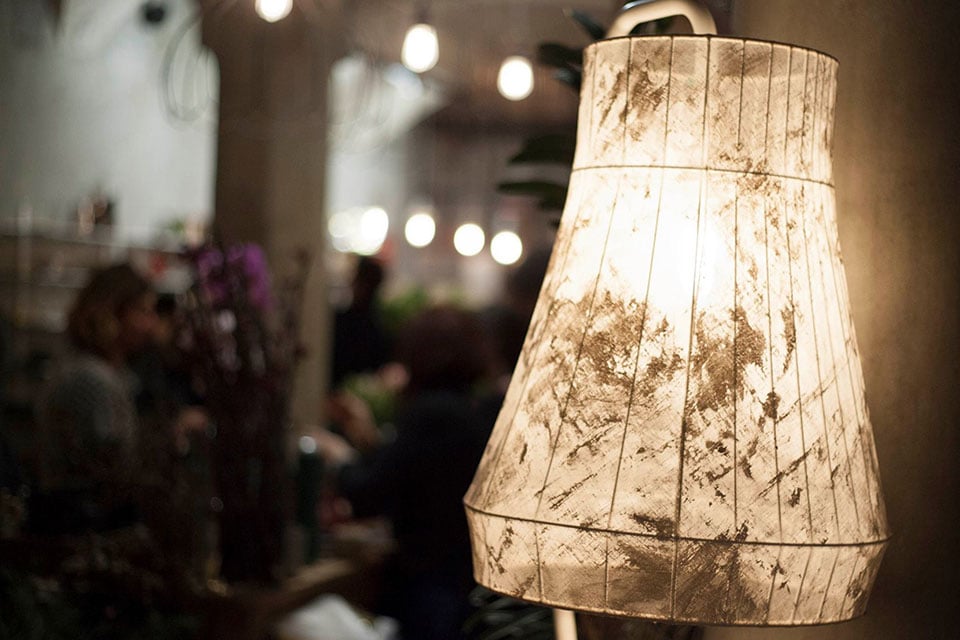
Atelier
The first factors you should consider for a successful lighting project
Before going into detail on how to match lighting with the furnishing style, the first step is to define right away what the specific purpose of the lighting is.
So, the first factors you should consider to create a successful lighting project concern:
- The room you need to illuminate. For example, kitchen lights will probably be very different from those used to light up the bedroom, and those for the bathroom will not be suitable to light up a living room.
Before deciding which light installations to include in the project, it is always a good idea to make sure that they are suitable for the room you are illuminating. - The specific function that designer lighting installations are called upon to perform: ambient, task, or accent lighting?
Focusing on this aspect is essential for choosing lighting fixtures that are able to fulfill their purpose 100% and create the right atmosphere in any room.
Just to give an example, some types of lamps could be attractive for their aesthetic beauty but, once used for the various specific lighting purposes, one could have the unpleasant surprise of discovering that they are not enough, that it would have been more correct to choose a brighter or softer light, or that it would have been appropriate to provide a dimmer.
That's why it is essential to be certain that the selected lamps are both aesthetically pleasing and functionally effective.
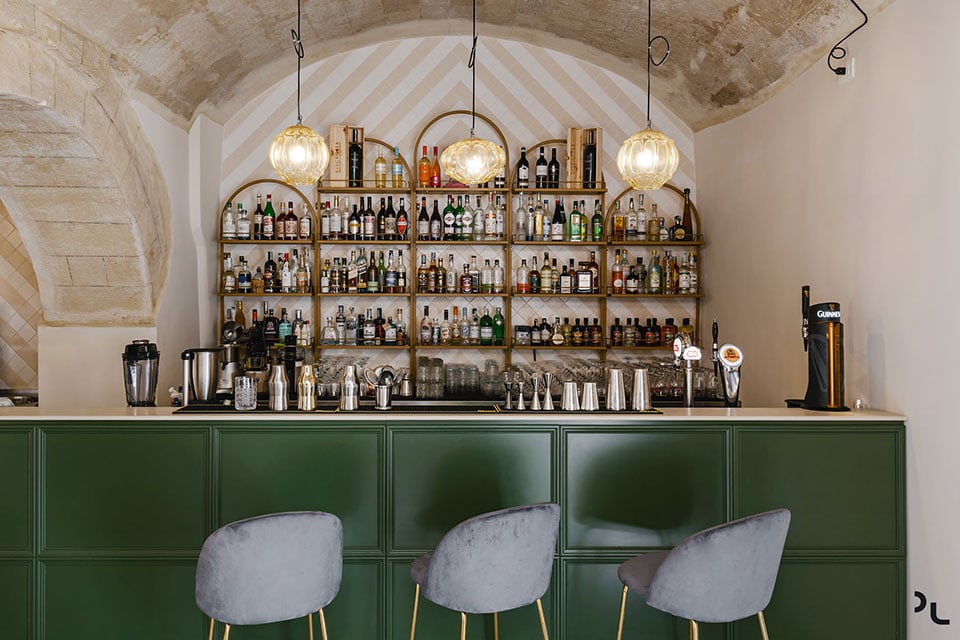
Ginger
The watchword for combining lighting with the style of the home: consistency
Getting to the heart of how to combine lighting with the furnishing style, the watchword to keep in mind when carrying out the project is "consistency”.
The right lighting, in fact, is the one that most follows the style of the house and does not clash with the overall mood.
Therefore, before choosing an installation that could be an eyesore compared to the furnishing style, it would be wiser to think of something that is uniform and coherent with respect to the environment, and that allows you to define spaces using different types of lighting.
Warning: this assessment must be made from time to time based on the specific context because it is equally true that, sometimes, exceptions are needed.
There are, in fact, cases in which the key to the success of a lighting design project could be one's own courage to dare provided the style allows it.
This is the case, for example, of an environment that has already been furnished previously, that is flat and boring and, as a result, needs a good shake up.
Another essential rule that shouldn't be forgotten, in order to avoid results that are as unpleasant from an aesthetic point of view as they are, to say the least, dysfunctional, is knowing how to choose the right lighting based on the material of the furnishing elements.
For example, wood, being a warm and soft color, tends to absorb light. If it is not intense enough it could become yellowish, sharply damping the atmosphere of the entire environment.
On the contrary, if the furniture includes metal surfaces, as can be found for example in kitchens, strong lighting would reflect on the worktop creating a very annoying effect.
To avoid this kind of mistake, in addition to choosing the right lighting fixtures, it is equally fundamental to calculate how many lumens and watts it takes to light up the room and establish the right color temperature.
We haven't talked about it yet but, always taking into account the considerations made so far, it is obvious that we must never forget about considering the client's personal tastes.
The success of a project lies precisely in the designer's ability to be able to identify the most effective solutions to match the lighting with the style of the furnishings while meeting the functionality requirements and client requests.
Therefore, if the identified lamps are not to the client's taste, the choice will have to be reconsidered.
There are many solutions on the market, so it will certainly be possible to find the most suitable one to meet all the project needs.
Karman collections, for example, allow you to choose from bright design elements with a strong personality, able to match perfectly with every style of furniture and every request, even of the most demanding clients.
Combine different lamps in the same environment
We have already mentioned how insiders recognize the importance of creating a lighting project of stratified light, i.e. a mix of lights designed ad hoc, both in the choice of lamps and in their positioning, for general room lighting, for lighting the various functional areas, and as accent lighting, to highlight architectural details or valuable furnishing accessories.
However, carrying out this type of project, following the principle of coherence we have spoken about, does not mean not being able to give free rein to one's creativity. You can combine different light installations as long as they follow a clear and well-defined style and mirror the personality of those who live in the house.
So here's how, for example, some suspension lamps for general lighting can be combined with wall lamps to create accent lighting and floor lamps or a tabletop lamp as a task lighting source.
Let's now go into the merits of how to combine lighting with different styles of furniture.
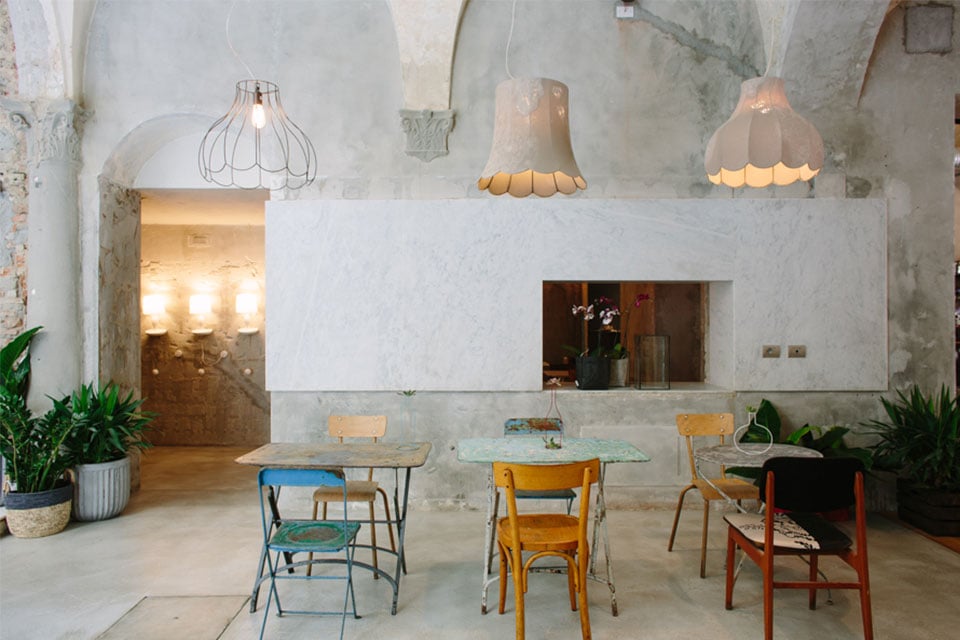
Life and Lucilla
Match the lighting with a classic furnishing style
In a classic context, installing an important chandelier in a project is almost a must. You should never give up on the possibility to amazing, and you should dare with a touch of originality.
A chandelier like Au Revoir, in overlaid opal white glass, recalls past atmospheres thanks to its shapes and design but is reworked in a modern key. It could be the perfect solution to illuminate, for example, a large dining table.
Instead, to create a soft light or highlight a particular wall, you could use a wall lamp like Capodimonte, where a swirl of flowers, an Italian production, wraps around a simple white ceramic cylinder, highlighting ancient manufacturing from the mid-eighteenth century. It will make the environment extremely elegant and refined.
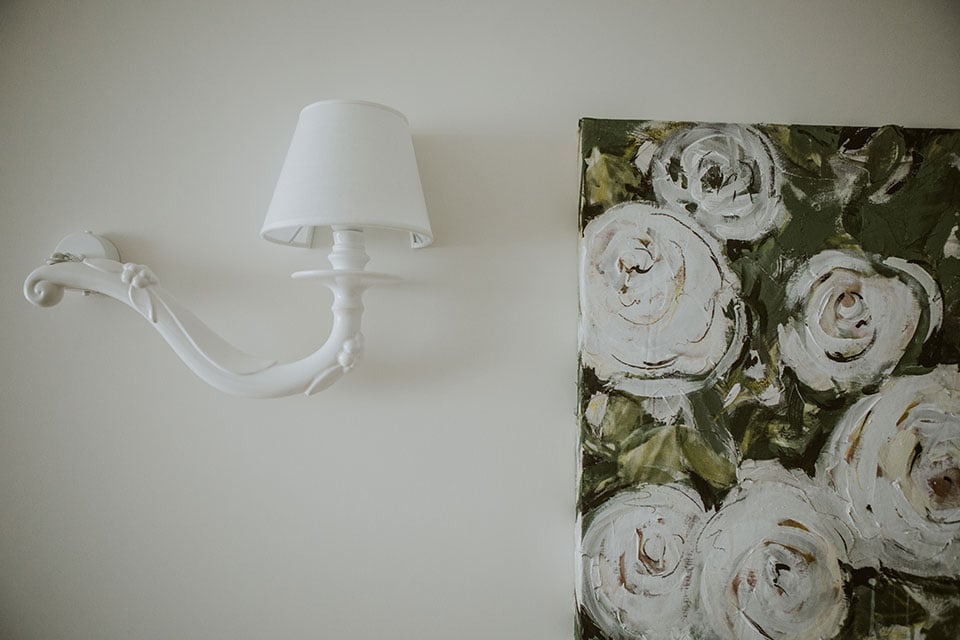
Dejà-Vù
Match lighting with a modern furnishing style
Modern style is increasingly synonymous with minimalism.
For a client who is not afraid to dare, Leda will not disappoint expectations.
It is a luminous necklace made of anodized aluminum spheres and cylinders and a flexible diffuser that allows for multiple configurations, both as a suspension and floor lamp.
Need an innovative floor lamp to create the right atmosphere in a modern living room?
Accipicchio, with a structure in satin white Pyrex glass and matte black aluminum, demonstrates how an extremely minimal luminous object can be dynamic and fun at the same time.
Match the lighting with a vintage furniture style
When it comes to vintage style, there are innumerable variations, such as the retro and industrial style, which differ both in the lines of the shapes and in the choice of colors and materials. The first is warmer and more convivial and the second is more essential, which often also uses recycled materials.
However, there are decorative lamps that can go perfectly with both of these furnishing concepts.
A great example is the Nando collection, a tribute to Ferdinando Innocenti. It is a metal pipe and joint, two elements that together know how to transform themselves into vectors of light crossing the threshold between a construction site and a home, between technical and sophisticated.
In the wall lamp or suspension version, it is possible to combine several lamps together in the various shades of colors available (white, anthracite, and lacquered gold).
A floor lamp like Alfred, which allows you to direct the light directly or indirectly, will instead be perfect to place, for example, next to a sofa or an armchair.
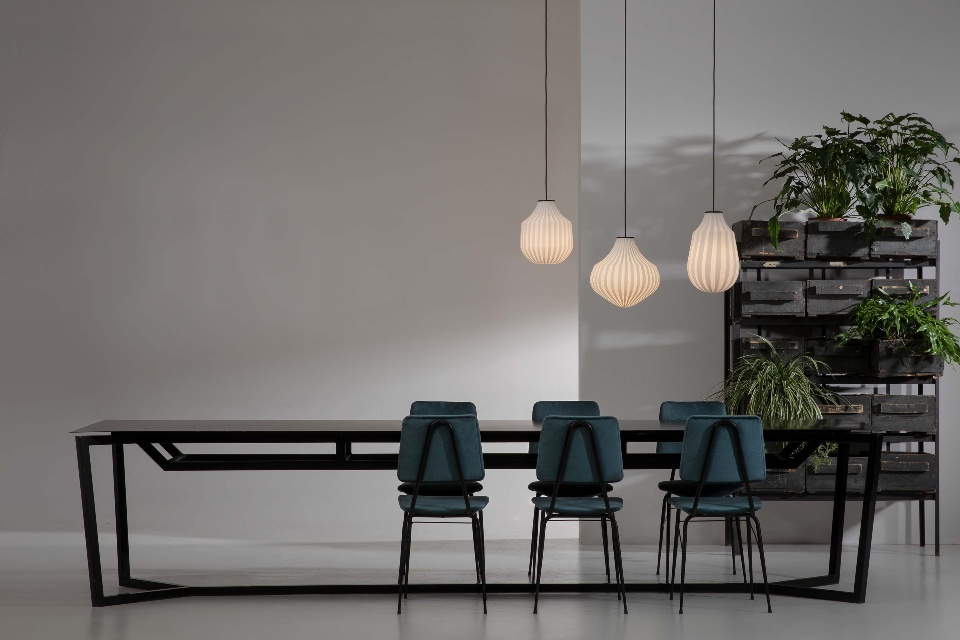
Circus
How to illuminate a house that is already furnished and does not reflect the client's taste
The situation in which we find ourselves is a home project where the furnishings have previously been chosen by someone else and do not satisfy the client, so it may be more complicated to manage.
In a circumstance like this, designer lighting certainly plays a key role in creating the right atmosphere.
If there are pre-existing solutions regarding chandeliers or wall lamps, they can be replaced with others of the same type which, however, can be a design complement in line with the style that the client desires.
When this is not possible, or when the work to be carried out for these modifications requires a major upheaval of the structure, what can be done is simply opt for floor or table lamps.
Any type of furnishing accessory you try to insert into the context of a predefined style is certainly difficult but not impossible. You just need to find the right meeting point between the style of the environment and the personality of the client following the guidelines that we have analyzed.
It is important to remember that floor and table lamps are a complementary accessory, useful for defining the general lighting of the room.
Therefore, in choosing these type of lamps, one must always refer to the general lighting already present in the rooms where you intend to insert them.
Matching lighting with the furnishing style: what mistakes to avoid
We have seen the elements to consider and the rules to follow to create a lighting design project that allows you to combine lighting with the style of the furnishings, also providing practical examples of designer lamps for each style.
In conclusion, we have made a summary of the mistakes to absolutely avoid in order to not completely compromise the success of the project and client satisfaction:
- Creating contradictory illumination. The lighting must be as consistent as possible with the overall mood;
- Choosing the lamps only based on the aesthetics and design. Instead, it is essential to aim for their adequacy with respect to the room and their function;
- Designing a flat environment and not daring whenever the context allows it;
- Creating an unpleasant lighting result due to reflections. When choosing the lighting, it is necessary to take into consideration the material of the furniture and furnishing accessories that the light will reflect onto;
- Choosing light installations only based on the combination with the style of the house, without taking into account the personal taste of those who have to live it.



